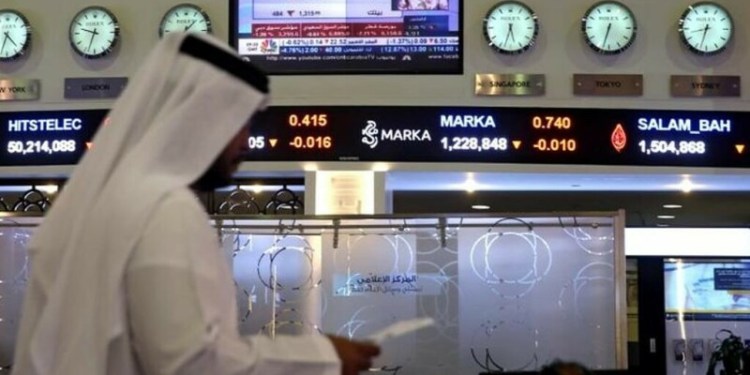US oil dipped below $ 40 for the first time in six years Friday as weak Chinese manufacturing data deepened worries about the slowdown in China’s economy, weighing on the market.
US benchmark West Texas Intermediate for October delivery dropped 87 cents to finish at $ 40.45 a barrel on the New York Mercantile Exchange.
In London, Brent North Sea crude for October, the international benchmark, closed at $ 45.46 a barrel, down $ 1.16 from Thursday’s settlement.
WTI briefly fell below $ 40 a barrel for the first time since February 2009, to $ 39.86. The dip occurred after the release of the Baker Hughes US oil rig count, showing producers added two more rigs this week, the same number as last week, bringing the overall tally of active drilling oil rigs to 674.
Brent dropped as low as $ 45.07 earlier in the session, a level last seen in March 2009.
A much weaker-than-expected report on China’s manufacturing sector rattled investors. Caixin’s Purchasing Managers’ Index came in at 47.1 this month, falling from 47.8 in July and its worst reading since March 2009. A reading below 50 signifies contraction in activity.
The new sign of trouble in the world’s second-largest economy and top energy importer, following Beijing’s unexpected devaluation of its yuan currency last week, added to long-running concerns about high oil production and weak demand growth.
Week on week, WTI shed 4.8 percent and Brent slumped 7.3 percent.
For WTI, it was the eighth consecutive weekly decline, the longest stretch of weekly losses in 29 years, Commerzbank (Xetra: CBK100 – news) analysts noted. It (Other OTC: ITGL – news) was Brent’s seventh loss in eight weeks.
“We are still oversupplied with oil. Until supply and demand come into balance there’s going to be downward pressure,” said James Williams of WTRG Economics.
There were no signs of a scaleback in decades-high US crude production, which rose to 9.348 million barrels a day in the week ending August 14, according to Department of Energy data.
Meanwhile, the Organization of the Petroleum Exporting Countries, which produces about 40 percent of global supply, continued to pump crude above its self-set quota.
“Unless OPEC makes a strategy change we will remain in a generally bearish event — I expect to test $ 40 again next week,” Williams said. “The bottom is yet to be seen.”


























